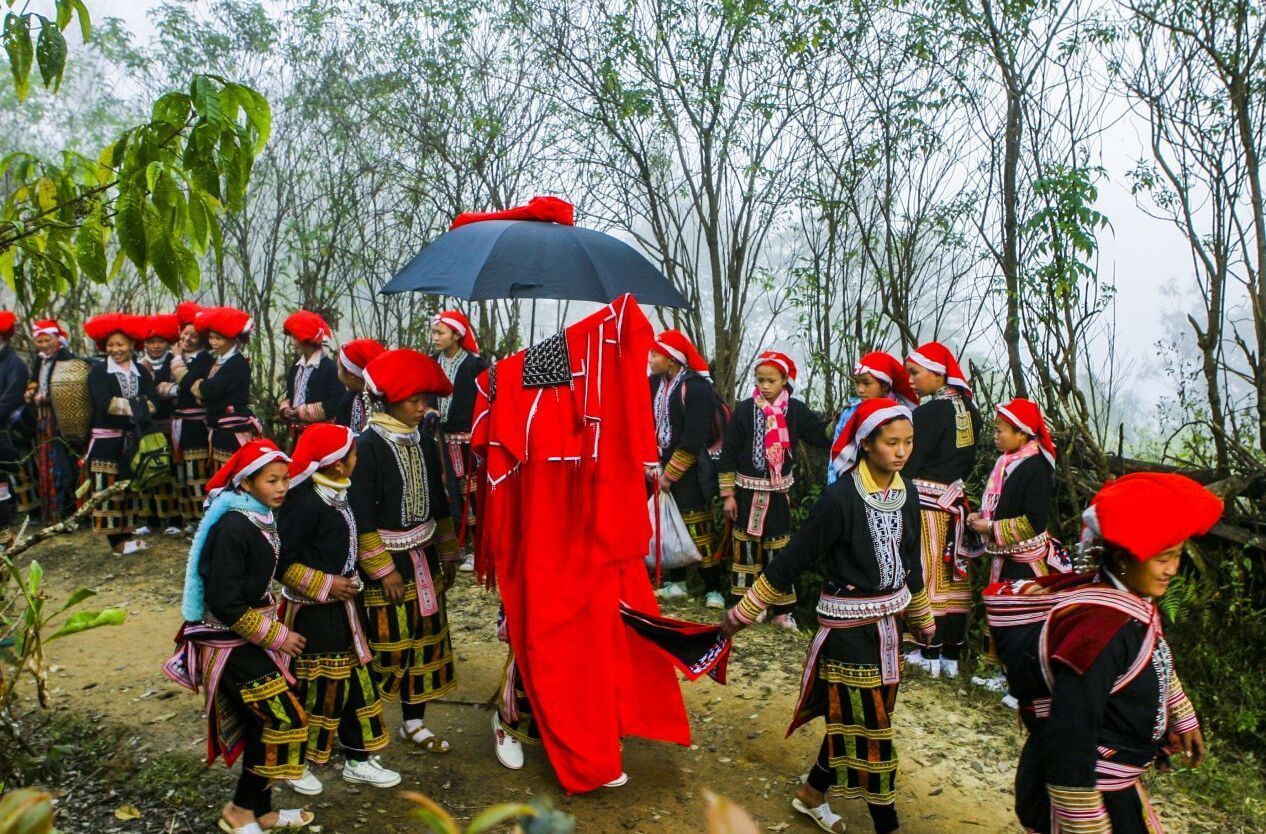Recently, the global travel community celebrated Vietnam as it secured the 4th spot in the prestigious Condé Nast Traveller's Readers' Choice Awards for the World’s Best Food Countries. This isn't just a trophy; it’s a confirmation of what locals have known for generations: Vietnamese cuisine is an art form.

What makes it so revered? It’s the philosophy. Vietnamese food is built on unparalleled freshness, a harmonious balance of five fundamental tastes (spicy, sour, bitter, salty, and sweet), and a diversity that transforms simple ingredients—like rice—into countless forms: a warm bowl of cơm (rice), smooth phở noodles, flexible bún, or pliable bánh tráng (rice paper).
However, the real magic of Vietnamese cuisine lies in its story. As the National Administration of Tourism states, every dish holds the story of the land and the people who poured their hearts into the recipe, passed down through generations. To truly understand Vietnam's world-class food, you must go beyond the tourist menus and step into a Vietnamese home.
The Experience: Joining a Vietnamese Family Feast
To bridge the gap between tasting and understanding, we offer the Vietnamese Family Feast Cooking Class. This 4-hour experience is deliberately crafted to skip the fancy restaurant lessons and bring you straight to the heart of the culture: the Vietnamese family meal.
What makes this class truly unique is the focus on togetherness. You won’t just be following a chef; you'll be cooking alongside others, side-by-side, just like in a real Vietnamese household. Together, you will prepare five comforting, essential home dishes—the kind of food you find on a true dinner table, not just a street vendor’s stall.
It’s More Than Just Cooking, It’s Cultural Immersion:
- Hands-On Learning: You'll master the techniques required for genuine Vietnamese home cooking.
- Cultural Context: For each of the five dishes, you will learn the profound cultural meaning—why certain ingredients are used, why the family eats a certain way, and the traditions rooted in the preparation.
- Connection & Joy: The class is an exercise in sharing. You’ll be sharing laughter, stories, and ultimately, the satisfying joy of gathering around the table to eat the feast you created.
This is the perfect way to move past being just a tourist and become a temporary member of the Vietnamese community, forging a deeper connection with the people, the food, and the beautiful culture that has now been recognized as one of the world's best.
Ready to start cooking and connecting?
Book your spot now to experience the true Vietnamese family culture!
https://www.saigonesetrekkingsapa.com/tour/vietnamese-family-feast-cooking-class
FOR INQUIRIES AND BOOKING:
Vietnam’s Ethnics Community
Address: 02 Nguyen Chi Thanh, Sa Pa, Lao Cai
Email: booking@ethnicscommunity.com
Whatsapp/Zalo/Phone: +84 944 824 131 | +84 989 454 334











